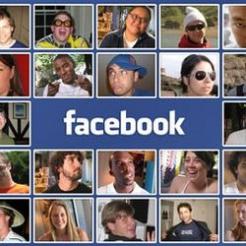Charities should concentrate on using Facebook to build relationships with supporters rather than treat it as an outright giving mechanism, according to a top Facebook executive.
Elmer Sotto, head of growth for Facebook Canada, confirmed rumblings from around the fundraising sector that Facebook, which has more than 500 million active users globally, "is not simply a tool for fundraising".
Speaking to a room at the International Fundraising Congress in the Netherlands, he said, “If you think it is, you've missed the whole thing. It's a means to build a relationship.”
“Facebook allows you to build a relationship slowly over time with a lot of people,” he said, adding that direct mail and email are more effective at actually getting those engaged individuals to donate money.
Facebook advice for charities
Sotto told charities to spend time learning how to engage on Facebook, and to critically build up the number of 'likes' on their page, thus allowing their updates to appear on their followers' own newsfeeds.
The “secret sauce” to building up a large number of 'likes' on an organisation's page, he said, is to advertise on Facebook, but making sure that advertisements are conversational, much like how users interact with their own friends on the social network.
He derided applications or 'apps', remarking that creating and managing apps should be low on the list of Facebook priorities, with building up a popular page as the number one task. “If your agencies are talking to you about apps, fire them.”
He encouraged charities to “be super, super social”, use their stories, be authentic and to analyse their activity on the free Facebook Insights tab.
All posts, he said, should be accompanied by a photograph to ensure more visibility on newsfeeds and should be kept as simple as possible, always containing some kind of question or call to action.
NB. The headline of this article has been altered since first published on 20 October, 2010.









